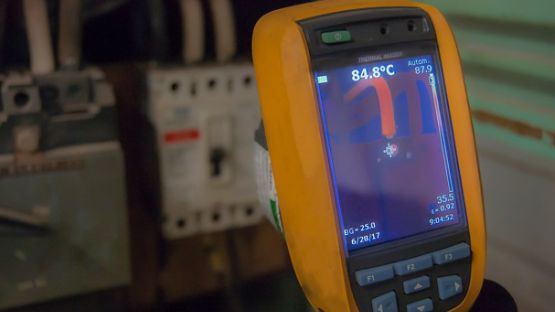Property damage, theft and liability are some of the many risks you face every day. Here are five of the most common sources of product loss in the wholesale business, along with tips to help you protect your company.
1. Property damage
Events such as fires or floods can wipe out your inventory in a matter of minutes. You can reduce your risk exposure with:
- fire prevention strategies
- housekeeping and maintenance practices
- emergency response plans
Tip: Discuss with your broker risk management and comprehensive business property insurance. Consider additional insurance to cover stock contamination or related liability coverage.
2. Theft
Given the large volume of products that flow through them, warehouses can be at a higher risk for burglary and theft, resulting in product loss. Protect yourself with:
- electronic security and surveillance
- strict inventory controls
- controlled access
- separate delivery and dispatch locations
Tip: Contact your broker to discuss crime insurance for losses inside and outside your premises and coverage for theft ranging from employee dishonesty to electronic transfer fraud.
3. Poor inventory controls
Without good inventory controls and accurate records, you may not even know what products are at risk or have accurate records for compensation. Just-in-time storage can protect you against product losses related to product fidelity and changes to the value of products that sit on shelves for long periods of time. Inventory controls should track:
- specific products going in and out of your facility
- product shelf life
- percentage of the product “finished” and any value added to the product by you
- changes in packaging or branding of products that might change their value
Tip: Property and liability insurance can help. Talk to your broker about additional coverage for property that is stored but not owned by you, brands and labels, and product recall expenses.
4. Spoilage
Spoilage is a significant area of product loss for many warehouses. Product spoilage can result from poor inventory control, refrigeration system failure, security or warning system failure, equipment breakdown, power outages and major accidents such as train derailments. Contamination via pests, fungi or spores can also destroy . Protect yourself with:
- contingency plans for equipment failure
- emergency planning
- frequent testing of cooling and security processes
- knowledge of your products’ shelf life
Tip: Your broker can help you with additional protections, including stock spoilage and contamination, infestation and equipment breakdown insurance.
5. Supply chain issues including cargo control
Product loss is a potential issue at each link in your supply chain. Refrigeration breakdown in your delivery trucks, whether owned or outsourced, can result in product being rejected by your customers. For example, parts of your product could expire while waiting for additional ingredients or components from disrupted suppliers.
Protect your company with:
- contingency plans for supply and delivery
- regular vehicle maintenance checks
- avoiding over-reliance on one or two suppliers
- systems that monitor and assess suppliers and outsourced delivery
Tip: Talk to your broker about insurance for transportation coverage and product rectification insurance.
For more information, contact your insurance broker. If you don’t have one, use our Find a Broker tool.













